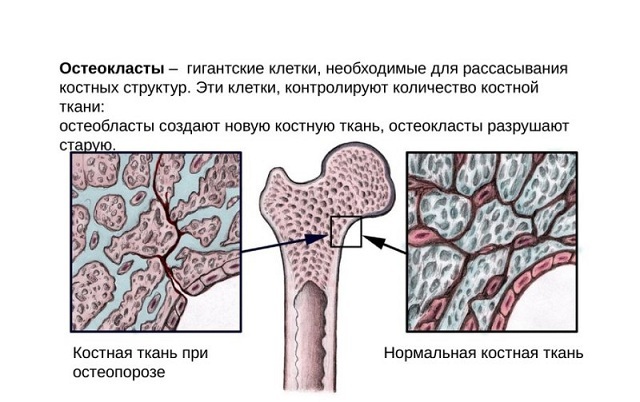 The mammary gland is not only in women, but also in men.
The mammary gland is not only in women, but also in men.
Its main difference from the female gland consists in the total number of female sex hormones in the male body, where these hormones are much less.
The result is an underdevelopment of the male breast. However, you can see an enlarged breast in a man, which is associated with the accumulation of excess fat tissue or with a violation of hormonal function.
Breast cancer in men
Male breast cancer is a fairly rare disease. It can be met much less frequently( a hundred times less) than in women.
Therefore, only one percent of all breast cancer diseases occur in men.
It is generally accepted that up to 70% of cancers of the male breast manifest themselves against the focal( nodular) form of gynecomastia( benign enlargement of the male breast). Gynecomastia in translation means a woman's breast.
Several phases can be distinguished in the development of gynecomastia:
- fibrous stage( this stage is never subject to reverse development);
- intermediate stage( this stage can rarely be reversible);
- is a proliferating( developing) stage( the male breast can return to its original size).
Risk factors for the formation of a mammary tumor in men
 These factors include:
These factors include:
- exposure to radiation( radiation therapy in adolescence);
- genetic abnormality( familial predisposition);
- Klinefelter's syndrome( decreased androgen levels and increased estrogen levels);
- too high level of estrogen;
- aging of the body( the most significant factor).
Based on etiological factors, the following forms of gynecomastia are distinguished:
- idiopathic;
- medication( with improper intake of androgens, testosterone, estrogens);
- is not endocrine;
- endocrine( with adrenal disease, testicular tumors, hypothyroidism, hypogonadism);
- physiological( senile, pubertant, juvenile).
It is generally accepted that the risk of cancer is increasing, depending on the intraosseous, lobular or ductal proliferation.
The degree of activity of the epithelium distinguishes:
- gynecomastia without proliferation( the risk of cancer increases by 1.5 times);
- gynecomastia with proliferation of epithelial tissues( risks of malignancy increase to 1.9);
- gynecomastia with atypical proliferation of epithelial tissues( the risk increases to 3, according to some other data up to 25 times!).
The nodular form of gynecomastia is required to be treated only surgically.
Video: Treatment of gynecomastia



